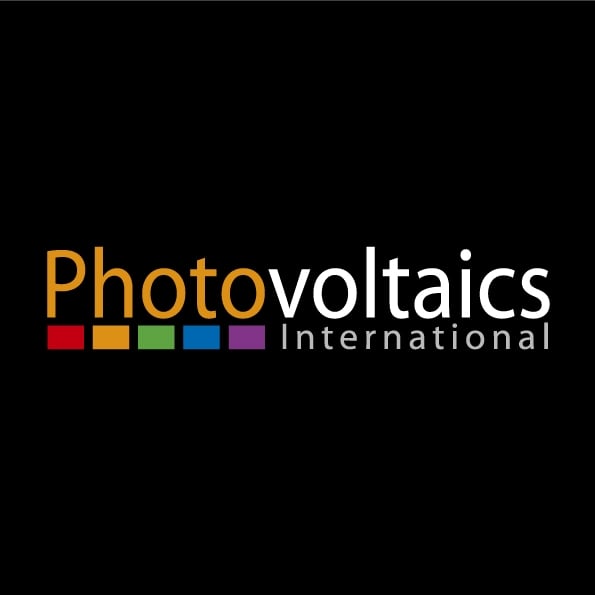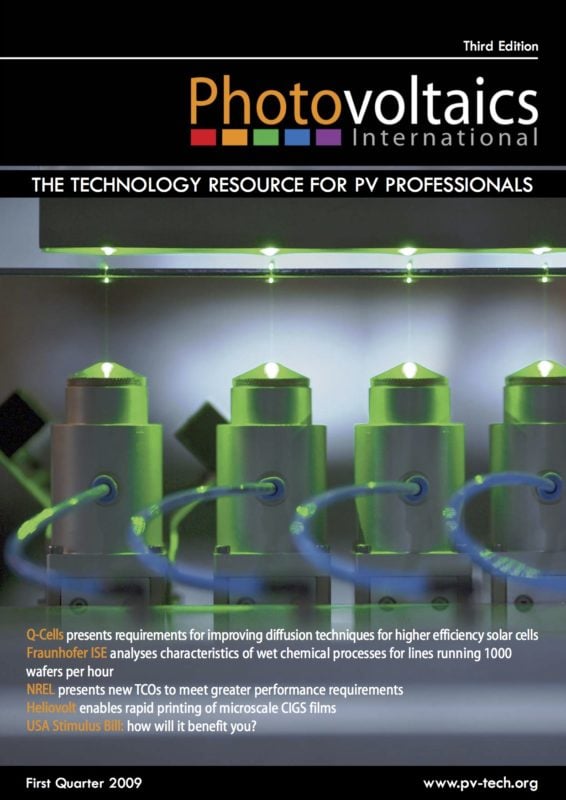By Giovanni Palmisano, Chemical Engineer, Instituto per lo Studio dei Materiali Nanostrutturati (CNR), Palermo, Italy; Mario Pagliaro, Research Chemist, Instituto per lo Studio dei Materiali Nanostrutturati (CNR), Palermo, Italy; Rosaria Ciriminna, Research Chemist, Instituto per lo Studio dei Materiali Nanostrutturati (CNR), Palermo, Italy
Invented in their high efficiency version in the early 1990s, dye-sensitised solar cells (DSCs) entered the global market in 2007 with the first commercial modules based on this versatile, hybrid (organic-inorganic) technology. The 6-7% efficiency of the first modules is a result of their good performance in diffuse light conditions, allowing for the production of electricity both under cloudy conditions and indoors. These low-cost solar cells are manufactured by highly productive roll-to-roll printing methods over rigid or flexible substrates affording modules coloured in widely different tones. These attributes render DSC a photovoltaic technology particularly well suited for BIPV applications and for electrification in developing countries, as discussed in this paper.



